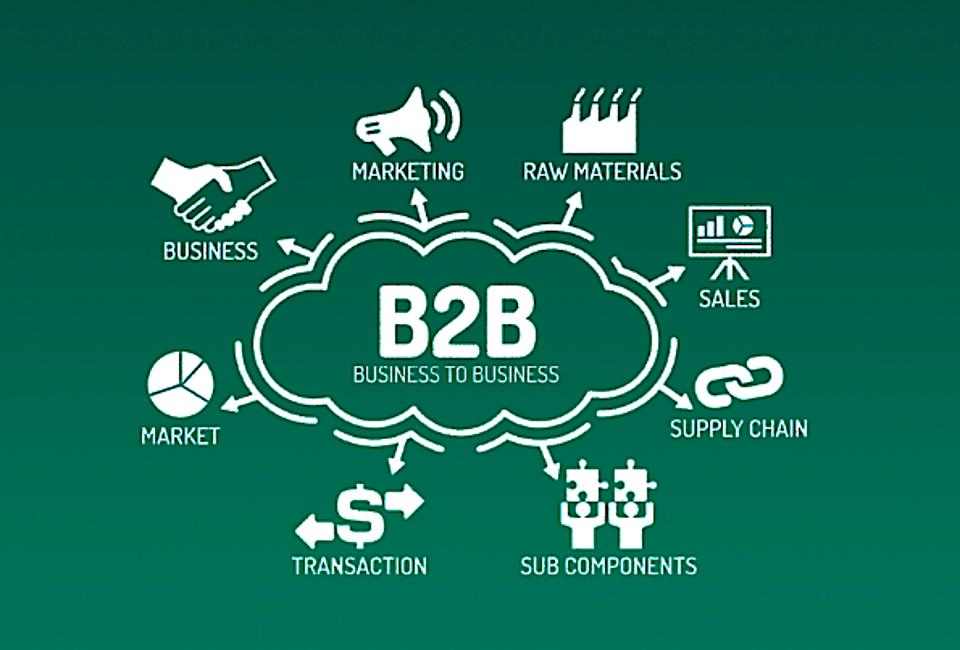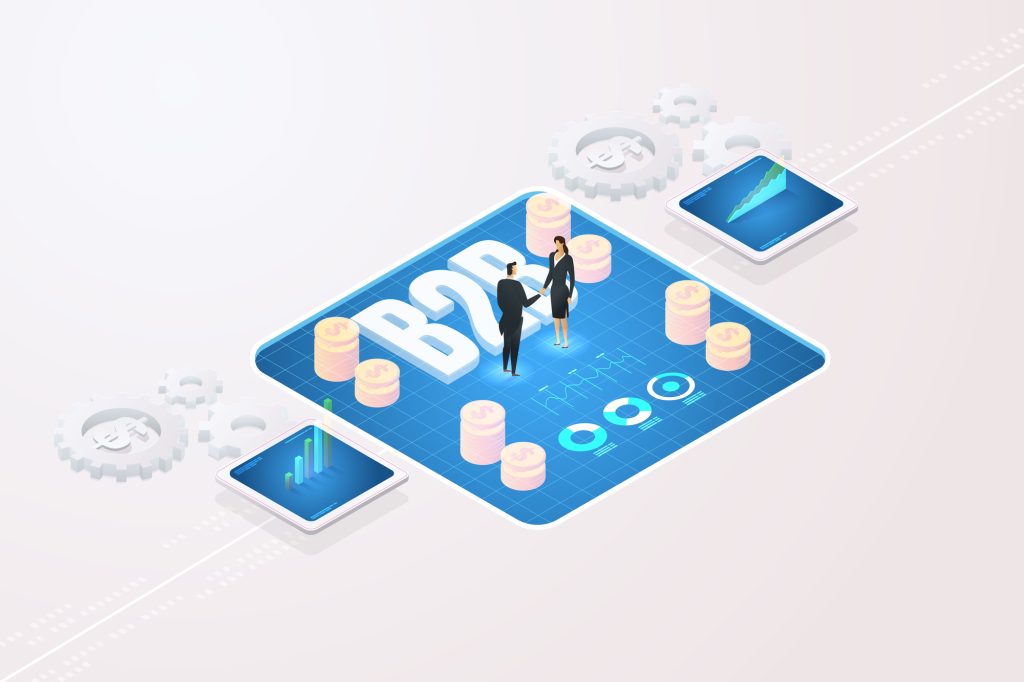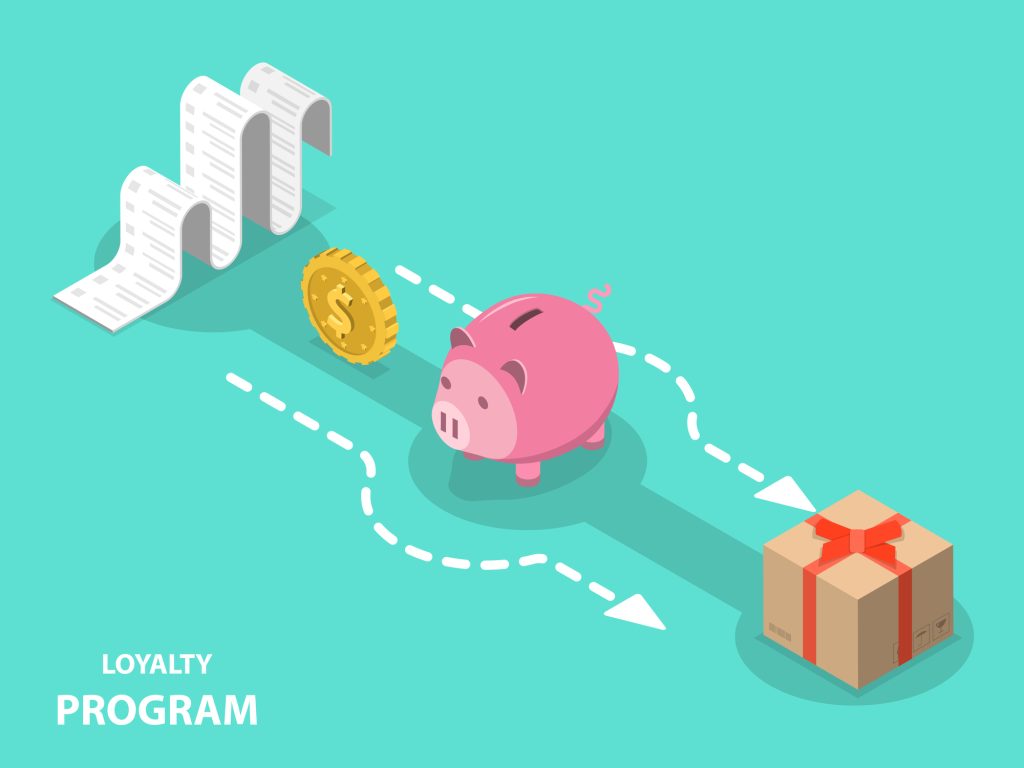For what seems like forever, the B2B eCommerce market has been stuck in a state of near-constant change. The advent of cloud computing and SaaS platforms have led to new ways of doing business, but they’ve also created new challenges for the companies that use them. Everyone is looking for the best eCommerce platform that offers a seamless experience for buyers and sellers alike – one that’s easy to implement yet powerful enough to meet all their needs. As with any product or service on the market today, you need something that meets those criteria perfectly if you stay competitive in such a fast-paced industry. Let’s review some key features.
Buyer groups
Buyer groups are a way to organize and segment your customers, making it easy for you to create personalized experiences. You can use buyer groups to send targeted offers, promotions, or other messages; for example:
- Suppose you’re running a special promotion on your site and want all customers who have purchased from you before and not yet made another purchase in the past two weeks to receive an email about it. In that case, all those people will automatically be added to a “promotion” buyer group when they place their order with you.
- If you want all of your current customers who bought more than $100 last month to receive an exclusive discount code for 20% off any product on Black Friday (and none of them can share this code with friends), then create a “promotion” buyer group in Shopify during checkout where users select precisely what price point they paid at checkout so that there’s no confusion later on down the line when it comes time for them getting their discounts.
Custom pricing and payment terms
The right B2B eCommerce platform should have several options for custom pricing and payment terms. You can create different pricing models for individual customers, groups of customers, unique products or groups of products, and even shipping methods.
In addition, once you decide on the pricing structure for your B2B eCommerce Platform, the next step is to determine how customers can pay. Several payment options are available, such as a credit card, debit card, PayPal account, or bank transfer. Most B2B eCommerce platforms use payment gateways to provide secure payment options.
Quoting
If you’re unfamiliar with quoting, it’s a way to understand the customer’s requirements better. Quoting is one of the most essential features of a B2B eCommerce platform because it helps you understand what your customers are looking for and how much they’re willing to spend on it. Contract pricing and contract renewals also dictate how much money customers pay over time, which is where quotes come into play. As we all know, quotes aren’t binding, so they are non-binding proposals sellers provide to potential buyers that explain what goods or services will be provided at what price (if any).
Contract pricing and contract renewals
Contract pricing and contract renewals are crucial for ensuring you’re getting paid by your customers on time. Setting up contracts typically involves four steps:
- First, you’ll want to enable the “Contracts” feature in your top navigation bar.
- Next, you’ll need to create a contract template that will be applied automatically when signing up new clients. This can be anything from free trial periods to annual billing cycles, depending on what works best with your business model.
- Next, it’s time for renewal notifications: Setting up how often users are notified about upcoming renewals (and giving yourself enough time before they expire). The default options include weekly warnings sent three weeks prior until one week before the expiry date; however, some businesses prefer monthly reminders, so there is ample time for users who procrastinate on payments – feel free to tweak these settings accordingly based on your needs.
Multi-tiered approval workflows
Multi-tiered approval workflows are critical to a smooth, efficient eCommerce process. These workflows allow you to designate varying degrees of approval for different people and products based on their roles and other factors.
While an admin may be able to approve a new vendor request for payment method integration, the CFO might need to approve that same request before it can be finalized. That same logic applies across the board: If your vendor wants more funding from your company’s procurement team, that request should also go through an approval process.
Bulk order upload tools
Importing orders is a crucial aspect of any B2B eCommerce platform. We’ve all been in the situation where we’ve received an order from one of our customers, only to find out that they’ve accidentally emailed it to us three times, and now we have four copies of their order.
That’s not what was supposed to happen. If you have access to bulk upload tools, you won’t have any problems like this. You can import orders from Excel spreadsheets and other eCommerce platforms or even import them directly from your system if it’s not already integrated.
Further, you’ll have total control over which orders are placed because all the access rights are often customizable by user role—so even if someone wants full access to everything, they won’t get it unless they’re allowed.
Scalability
As you grow your business, ensuring that your eCommerce platform can scale with you is vital. This isn’t always an easy task, but if you’re able to achieve the following three things, scaling will be a breeze:
- Your website should be able to scale with traffic increases.
- Your product offering should be able to scale with demand (i.e., new products are added when necessary).
- Your service offerings should also be able to scale when needed (i.e., more customer support agents are hired as needed).
- If you run a marketplace, you should be able to onboard marketplace vendors to your platform easily.
Open-source vs. proprietary
- Open-source is more flexible, but proprietary is easier to integrate with other systems.
- Proprietary is more secure and likely to be supported in the long term.
- Open-source communities are often better at supporting their systems over time than proprietary software vendors are. Moreover, it is easier to find engineers to manage your open-source solution.
In general, open-source platforms may offer a wider variety of features than their proprietary counterparts. If you’re willing to spend some time configuring your site and adding functionality on an open-source eCommerce platform, it could save you money (and maybe even make your site more appealing).
Order history
It’s important to keep track of your orders and inventory. The platform you choose should allow you to search and filter orders by several criteria, including date, status, and customer. You should be able to export the data in a format that works for your business—for example, as a spreadsheet or an XLSX file—and add notes and attachments to each order.
Adding notes is helpful if you’re using the eCommerce platform as part of a more extensive workflow system or want to assign task lists to individual items within an order (for example, attaching an invoice with payment details). In addition, being able to attach files such as invoices or photos can make it easier for customers who aren’t familiar with electronic transactions.
Customer self-service
Customer self-service is a crucial feature of B2B eCommerce platforms. It’s also one of the most critical and cost-effective ways to improve your customer service experience, increase customer satisfaction, reduce costs, and reduce churn.
When you factor in the time spent by your team on each interaction with customers (even if it’s just a few minutes), cost savings can be enormous. For example, imagine that an average sales rep spends 10 minutes responding to every email—that’s over 20 hours a week. If you have 100 reps, and each one does this for just two weeks out of the year at an hourly rate of $40/hour (which is generous), those two weeks will cost $160K.
The same holds for any support ticket: If you’re paying five cents per minute for live chat agents or 15 cents per minute for phone agents, then reducing these interactions by 50% would save more than ten grand each month.
Loyalty programs and incentives
- Loyalty programs are one of the best tools for increasing customer retention. To encourage repeat business, you must offer your customers incentives and rewards for their loyalty.
- This can include discounts on future purchases, points that can be redeemed for rewards, or even just a friendly note from the company thanking them for their continued support.
- Customers who feel appreciated are more likely to return to your store in the future (and then again after that), increasing customer lifetime value—the total amount of money they spend with you over time—and giving you greater overall profitability.
Personalized dashboards and homepages
Personalized dashboards and homepages are different. Personalization is about the user, while customization is about the business.
Most B2B eCommerce platforms offer some website design tools —a “store builder” or similar. These tools aim to make it easy for marketers to create custom storefronts for their customers based on specific product categories, brands, price ranges, or other criteria.
While this gives marketers a fantastic amount of flexibility (and allows them to give each customer exactly what they want), it also means that these stores will only look good if you have exactly one kind of customer. If you have multiple types of customers (for example, ones who like that stuff AND others who don’t), then your marketing team will be in trouble because they won’t be able to build more than one store per account.
Personalization tools let you build unique experiences for each user by combining data from various sources such as email marketing campaigns, web analytics software, and social media channels like Facebook Custom Audiences into one personalized experience for each visitor landing on your website from anywhere online.
Custom fields
Custom fields are the most crucial feature of any B2B eCommerce platform. As their name suggests, they allow you to add more information to your system. For instance, custom fields can store additional data about products, customers, and orders. This enables you to make better decisions by giving your business users access to more helpful information.
These features are essential for B2B eCommerce platforms.
B2B eCommerce platforms need to be able to handle the following features to be successful:
- Buyer groups. Buyers are typically organized into groups, each with its budget and approval workflow. Group members can also have different access privileges on the platform, depending on their role in the buying process. To illustrate, some buyers will only see pricing, while others can place orders or see contract details and delivery schedules.
- Custom pricing and payment terms. You’ll want your system to support custom pricing models that allow you to lay out a range of options for your customer based on volume, quantity, or other factors specific to your industry, such as geography or product type (e.g., white label services vs. branded products). Simultaneously, it needs a flexible payment processing workflow that allows customers who pay late (or early) due dates with penalties/fees attached accordingly without disrupting normal operations like invoices not being sent out when they should be due date changes.
- Quoting. The ability to create quotes and tie them to specific buyers or buyer groups is critical for B2B sellers who need approvals from multiple stakeholders before placing an order. Some platforms also allow you to set up rules that auto-expire after a specific period, so they don’t get lost in the shuffle of all those other requests coming through daily
In summary
The list of features above is not comprehensive, but it’s a good starting point. The takeaway is that the best B2B eCommerce software will have all the features you need to run your business efficiently and sell effectively. You can check this article to learn more about B2B ecommerce platforms available on the market.



